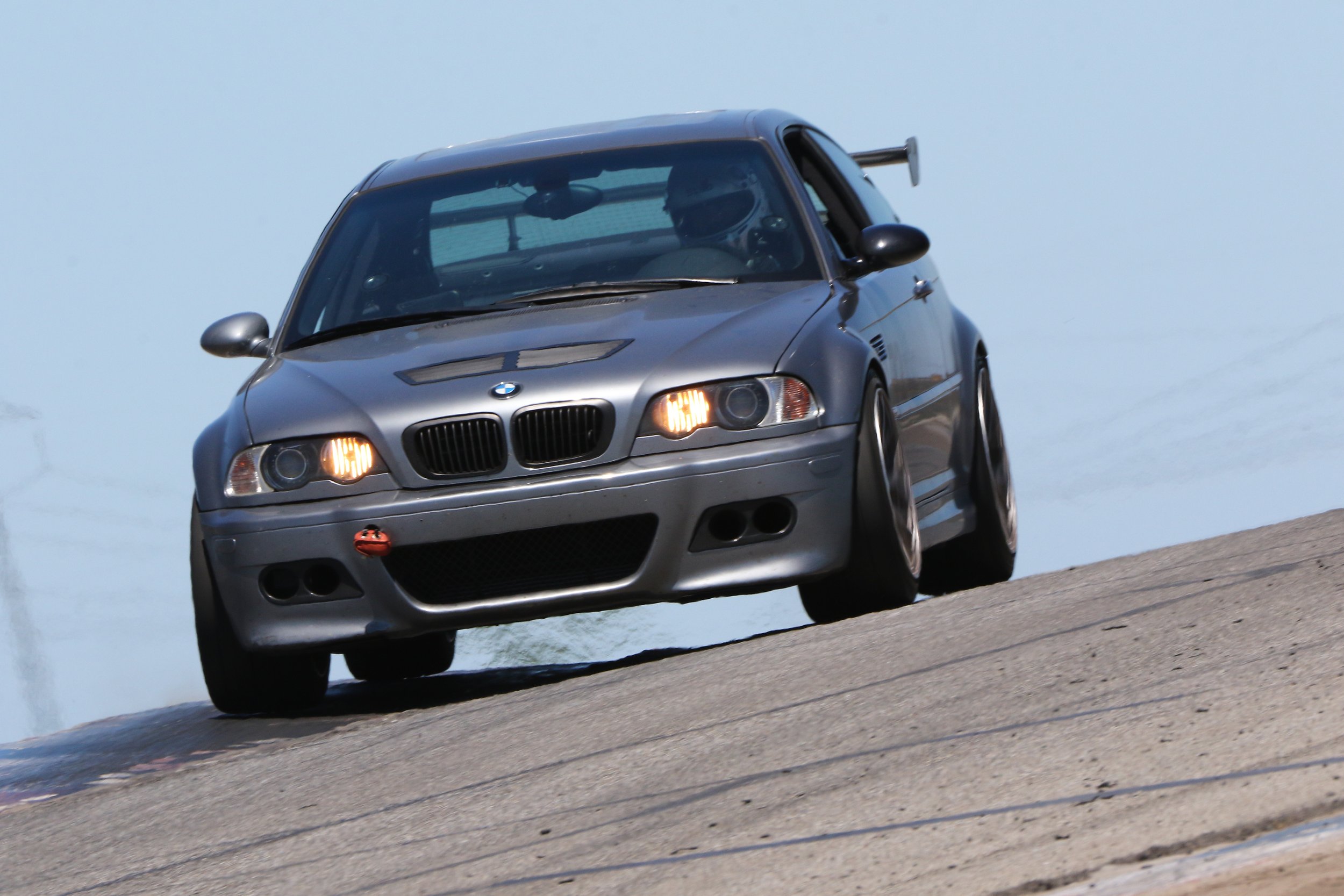
SpeedSF Blog
Every Build Has a Story – Meet the Cars of SpeedSF

Connor’s E36: Standing on Solid Ground
After transitioning into HPDE from autocross, Connor Lydon recognized how taking the next step into time trials would be made easier by starting with a sorted car.
This IP-winning E36 M3 came to Connor already proven, and with a little massaging as well as a few chassis mods, it’s been able to set remarkable times with a modest amount of power.

Joe’s M3: Proving His Potential
Joe McGuigan was committed to paving his own path and suffering the setbacks which come with developing unloved cars, but eventually he had to capitulate and try one of the best developed cars around.
He hasn’t regretted joining the E46 tribe.

Speed SF Challenge Laguna Seca: New Surface, New Records
New pavement and stellar weather meant our fastest drivers pushed harder than ever before at our latest Speed SF Challenge event.

Elie's E46 M3: Not Too Much, Not Too Little
Though the car has a reputation as being a pricey pain in the ass, Elie Mansour’s proven that the E46 M3 is reliable as anything—and faster than 70% of most track toys—when given the right sort of TLC.

Dan Avon's E46 M3: A Study in Taking Things Slowly
Done slowly, done carefully, done right. Dan Avon’s showed us how to take a mild M3 and make it far more than the sum of its parts.
